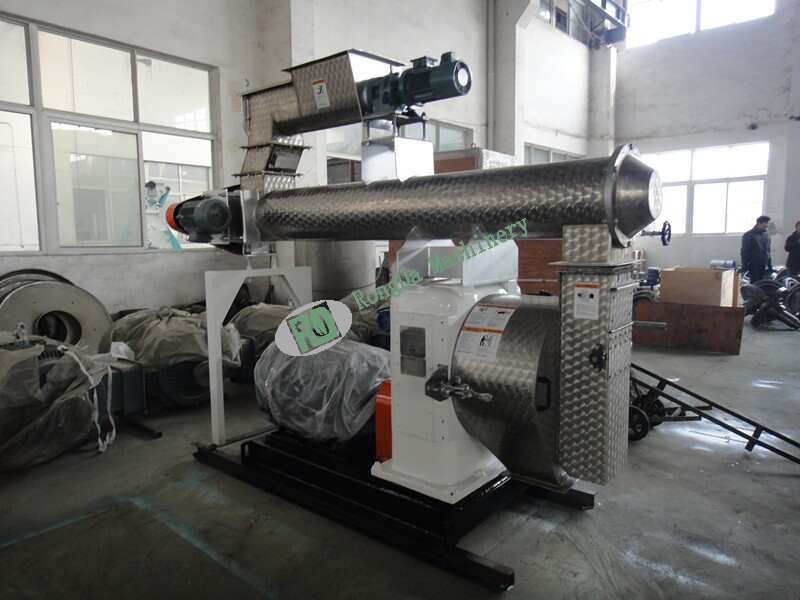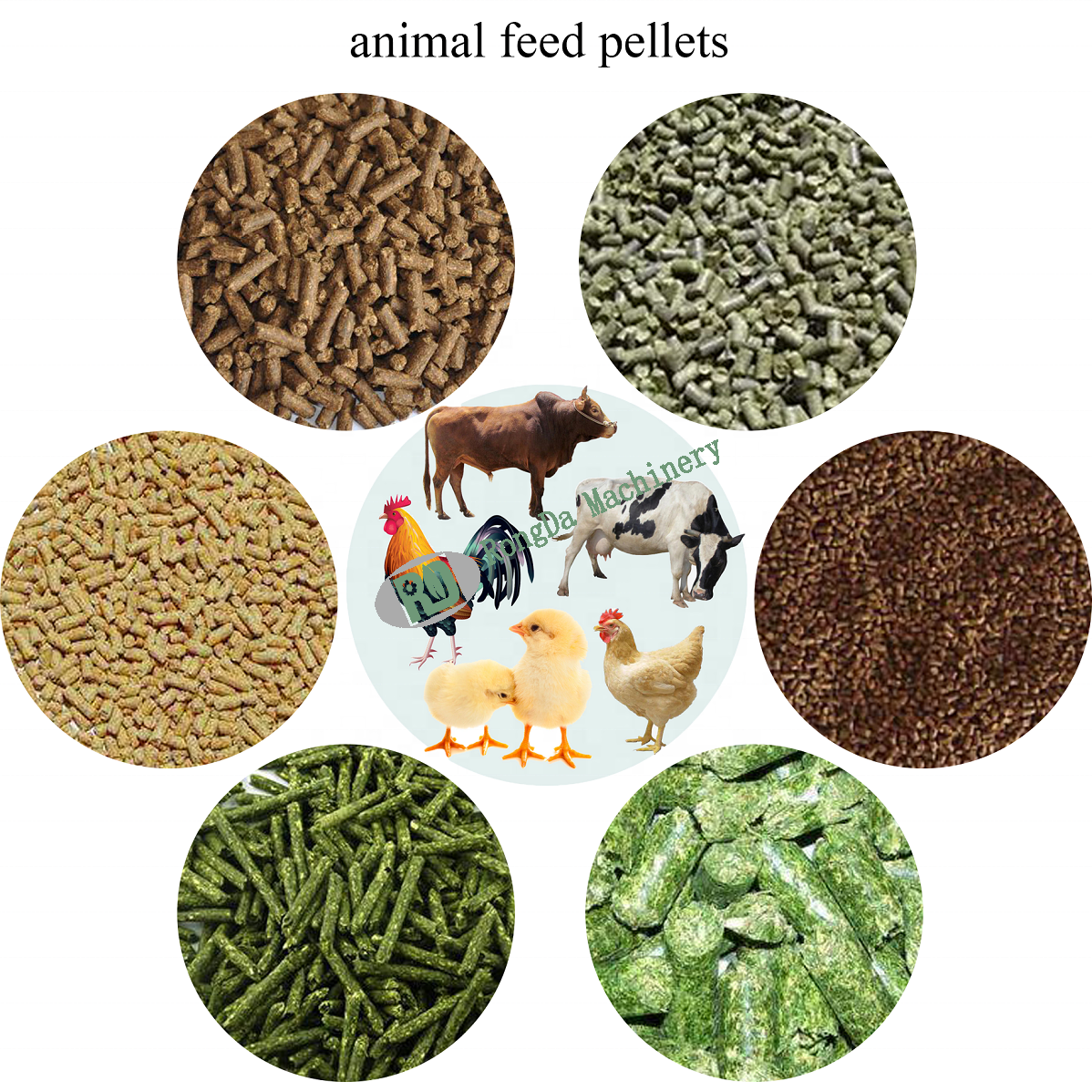Welcome to Rongda Machinery Co., Ltd
Toggle Navigation
Hey, if you're raising livestock, poultry, or even pets, you get how crucial good feed is to keeping things running smoothly. That's where an animal pellet machine comes in—it's basically your ticket to whipping up custom, nutrient-packed pellets that fit what your animals actually need. With all the choices out there, though, figuring out which one's worth your money can be tricky. I'll walk you through the upsides, what to watch for when shopping, some upkeep basics, pitfalls to dodge, and a few common questions. By the end, you'll have a clearer idea of how this gear can amp up your operation without breaking the bank.
Let's Start with the Perks: Why Bother Getting One?
First off, making your own pellets at home means you're not shelling out big bucks for store-bought stuff forever. You grab whatever raw stuff you've got—think grains, hay, or even leftover farm scraps—and mix it up yourself. That way, you're in charge of the quality and the mix, so your cows, chickens, or whatever get exactly the right balance of nutrients.
Another big win is how pellets make feed easier on the animals' systems. The machine squishes everything into these tight little shapes, which boosts digestibility. Plus, the heat from the process zaps any nasty bacteria lurking around, helping your herd or flock stay healthy and pack on weight faster.
And don't forget about cutting down on mess—pellets don't spill or go bad as easily, especially if it's muggy out. Their even size stops picky eaters from cherry-picking, so everyone gets a full, balanced meal without waste piling up.

What Should You Zero In On When Comparing Machines?
Not all pellet machines are created equal, so here's what I recommend focusing on to match one to your setup.
Think about output first—how much it can crank out per hour, in kg/h. If you're on a smaller farm, something in the 50–100 kg/h range might do the trick. But for bigger spreads, you'd want a beast that handles 500 kg/h or more to keep up.
Build quality matters a ton too. Go for ones with dies made from stainless steel or tough alloys that hold up against constant use and last longer.
Flexibility is key—check if you can tweak the pellet sizes, say from 2–12 mm, so it works for everything from tiny chicks to hefty cattle, pigs, or even fish in aquaculture.
Power source is another angle: Electric ones are great if you've got steady indoor power, but diesel models shine in off-grid spots where you need portability.
Keeping It Running Smooth: Some Hands-On Maintenance Advice
To get the most mileage out of your machine, a little routine care goes a long way. After each run, take it apart a bit and scrub out any leftover bits from the die, rollers, and hopper. That stops buildup that could rust things or slow you down.
Once a week or so, hit the bearings and shafts with some food-grade lube to keep friction low and avoid overheating issues.
Keep an eye on the parts that wear out fastest, like the dies and rollers. Swap them when they start looking beat up to keep your pellets coming out consistent and high-quality.
Steer Clear of These Rookie Errors
One thing that trips people up is not checking the moisture in your raw materials—aim for 12–18% to get it right. If it's too dry, your pellets fall apart; too soggy, and you'll jam the works.
Don't push it beyond what it's rated for, either. Overloading stresses the motor and invites breakdowns, so stick to the specs in the manual.
And safety first—gear up with gloves and eye protection every time you fire it up to sidestep any accidents.

Quick Answers to Stuff Folks Often Ask
Wondering if one machine can handle feeds for different critters? Absolutely—just switch up the die size and tweak the recipe. More protein for birds, extra fiber for ruminants like cows.
How long do these things hold up? With steady upkeep, you're looking at 5–10 years easy. Pick a brand that backs it with a warranty and easy-to-get spares.
Wrapping It Up: Time to Upgrade Your Feed Game?
Grabbing a solid animal feed pellet machine can really smooth out your daily grind, keep your animals thriving, and trim those feed expenses over time. If you're still mulling options or need a nudge in the right direction, hit up some experts for personalized picks that suit your farm's vibe.